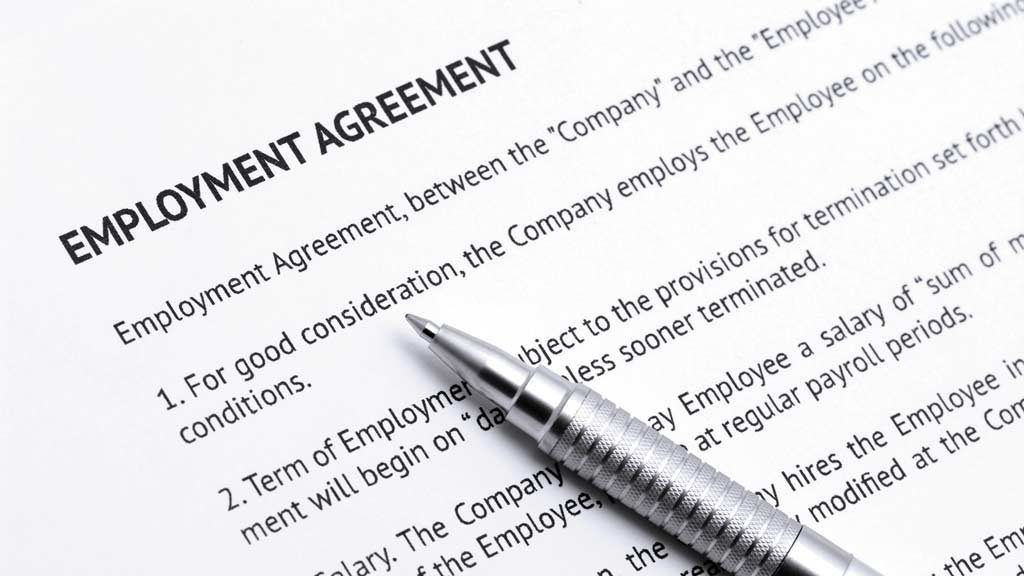Owners of construction companies, big and small, should protect themselves by having employment agreements in place with workers that spell out duties and expectations as well as what happens if they’re fired, says Michelle Berg, human resources expert and CEO of Calgary-based Elevated HR Solutions.
“Employment agreements are basically like the pre-nup and the termination is like the divorce,” she explains. “An agreement that’s properly drawn up and put together can serve as a great foundation for both sides.”
Surprisingly, though, according to Berg, many construction companies in Canada — bigger ones in particular — are sloppy and still seem to think they can get away with a handshake or no agreement at all.
“Specifically for the construction industry, I think that for a long time there’s been this thought that because they’re blue-collar positions they can treat people poorly and if it doesn’t work out the workers can find another job. Employers also tend to think the workers are less educated so they can treat them a certain way.”
But that, says Berg, is a mistake, especially in the age of digital and social media, as a disgruntled employee can affect the brand of a construction company simply by putting up a post on a site like Glassdoor.
Employment agreements can be verbal or written, says Berg, but are better in writing for obvious reasons and, while they can’t solve all potential problems, they can determine accountabilities and expectations.
Berg, whose company works primarily with smaller organizations of 10 to 100 employees, recently spoke about how employment agreements can mitigate risk at a Calgary Construction Association event.
She encourages construction companies and contractors to set out the terms of hiring, benefits and pension entitlements, prior to an employee starting work, and also to lay out what happens if they are terminated.
“If companies can get that right at the outset, the chances of an amicable termination or ending of employment is much higher.”
Berg warns that before starting a job, recruits must be given ample time to read and digest an agreement and an opportunity to ask questions.
If a worker is pushed to sign an agreement too quickly, and therefore doesn’t fully understand the deal, if a sticky situation arises lawyers can argue it was done under duress and can’t be enforced, she notes.
Often, when contractors and workers sign a deal they aren’t thinking about the end, but it happens, says Berg, and it’s important to lay out the ground rules beforehand rather than when emotions are high.
“The key for me is to be transparent. Not all employment ends well. Either you quit or they ask you to leave, one of the two. But if you can be transparent from the very beginning, they end that much better.”
While a typical employment agreement will cover traditional items like wages, hours of work, pension and benefits, it should also clearly set out the length of probation for the worker so there is no confusion, says Berg, and the contract should also make it clear that the industry is subject to temporary layoffs due to the seasonal nature of the work so an employee is fully aware of the lay of the land.
Importantly, the deal should also iron out rules around non-compete and non-solicitation by a worker who’s leaving. Although enforcing such clauses in court is difficult, Berg says she still encourages employers to put language into agreements to at least serve as a deterrent to a worker taking away business.
When an employee is terminated with cause, she says it’s essential for the employer to document how the worker was informed of inappropriate behaviour, followed by a letter that explains why he or she is being let go.
In the event an employee is terminated without cause, construction employers should properly inform the worker, document the process and outline when and how the worker will receive his or her final paycheque.
“One of the biggest issues we see without cause is that employers still try to provide a ‘why.’ In a termination without cause there is no ‘why.’ They simply must say, ‘Your services are no longer required,’ and leave it at that. But it does still have to be properly documented and papered on both sides.”
These days, construction employers must be extra careful when firing employees, says Berg, because a worker can allege mental damages if the termination is not handled properly.
So, if terminating a worker the employer should not embarrass the individual, for example, in front of a group when they’re being let go, she says.
In one case, Berg says, an employee received notice to attend a performance review on a Friday afternoon, but before the meeting received her pay stub with severance on it and saw her firing notice on a manager’s computer. The worker got three times the original termination offer for mental anguish.
The most important thing for a construction employer to do when terminating a worker is to make it quick and clean, she says.
“Keep it simple and to the point as much possible. Have it written out and don’t do it in front of others. Be respectful and also be aware of who you’re telling in advance because it should be kept confidential.”



Recent Comments